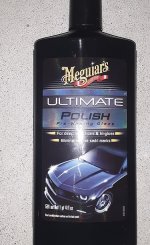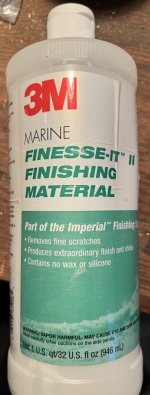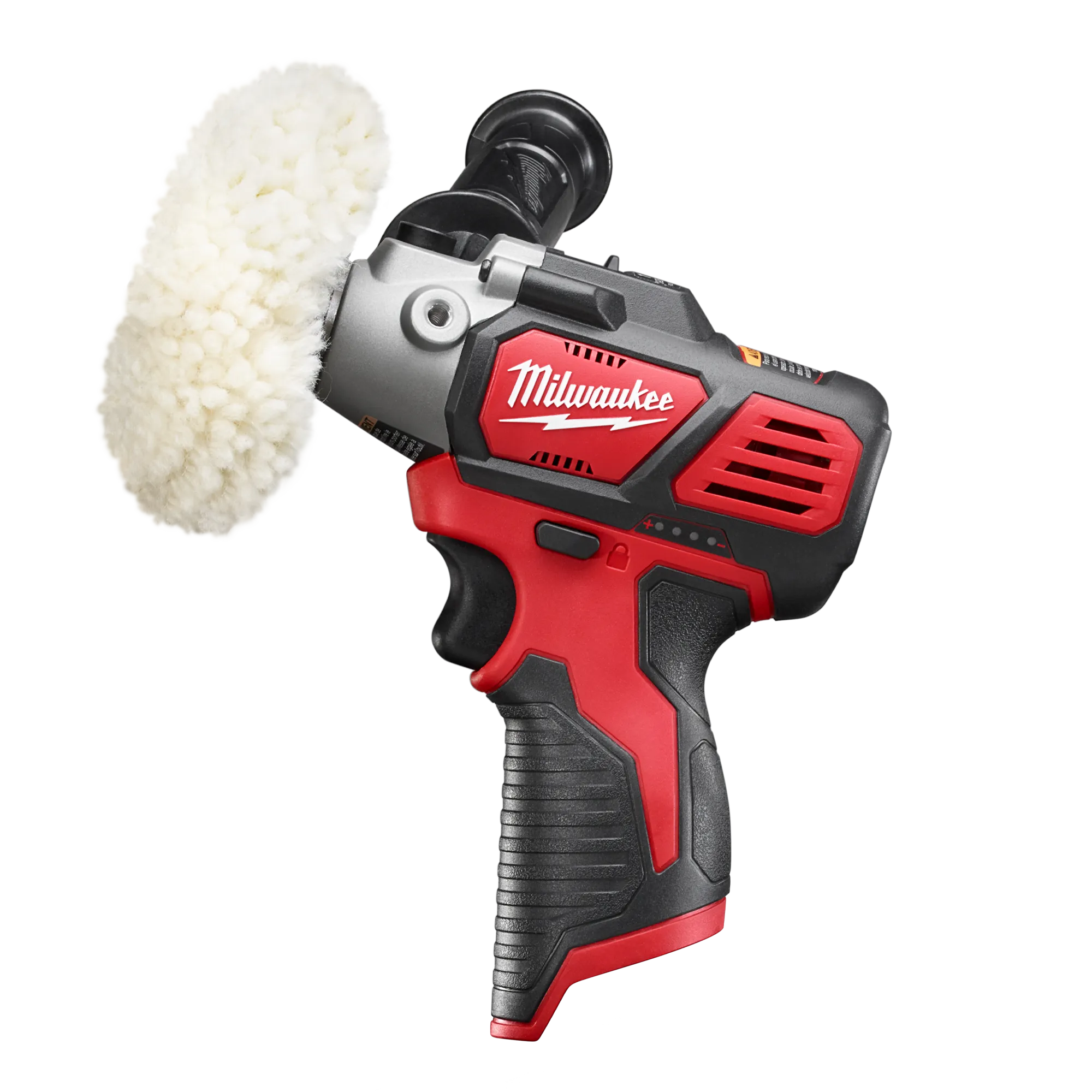Glenn – I will throw in my 2 cents, with inflation and the fact I have never worked on a wooden boat, it might not be worth anything to you.
Again, first off I have Never worked on or owned a wooden canoe. But I have polished miles worth of glass boats; Amazing how you can bring resins back to a factory showroom look and probably another subconscious reason I have never owned a wooden canoe. But why I chime in here is I have been working with wood for over 20 years and have also polished my share. Most recently I have been making (large 4/quarter) Slab tables. Now I have coated these tables with just about everything from polyurethane, lacquer, paint’s, and epoxy pour, even wrapped one in 6-ounce woven cloth for a large outdoor table.
The one Polish I have come to love on all things coating wood is Meguiar’s polish.
As for application – Polishing something by hand is painful. By hand about halfway thru you will ask yourself why and start telling yourself how you really didn’t mind those scratches. Who needs a shiny boat? After all that labor, you might find yourself wet footing it up to your thighs, hoping not to get another scratch lol. All the boats and wood I have polished are with a buffer. Using a buffer is the way to go if you want to get the potential out of any polish. Granted you can do a pretty good job by hand and it will look great. But you can’t beat the speed and look of using a buffer. (I’ve even gone over freshly hand-polished things with a dry buffer pad to get remarkable results)
Sooooo, using the buffer…… The first problem with a buffer is finding one! 99% of all buffers on the market are buffers for automobiles. The problem with automobile buffers is they are too fast (to many RPMs) which causes heat. You need a variable speed-controlled buffer that you can turn the speed way down. Most buffers on the market boast about how many RPMs they can do 2500 3500… and the ones that are variable speed, don’t have settings that can go low (slow) enough to be used on anything other than metal. For some reason all these companies that make buffers only think about buffing cars and metal. So finding a buffer that goes slow enough to not build up any heat is kind of a challenge. You want the pad to spin slightly faster than you could move it by hand until you get the hang of it. (Worked for a boat yard that used variable speed angle grinders that went slow enough.) For a pad, you want thick wooly pads. They can be microfiber or whatever you choose, just not the thin pads – again due to heat. Granted the thick pads are a pain to clean out but they will transfer any heat buildup. Try to work in cool/shady conditions, working in sections and feeling the surface behind the pad as you go. No downward pressure on the pad. And be prepared to get messy.
Buffing won't do anything for your chips of paint, but if you want to clean up the scratches and have her shine like no tomorrow – Meguiar’s is the stuff. Puts a mirror/glass shine on all my tables.






